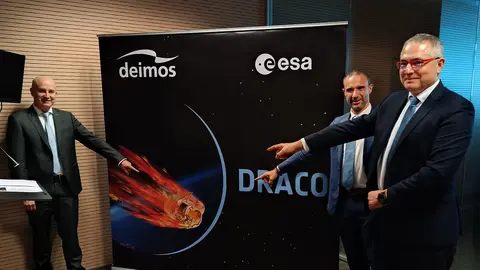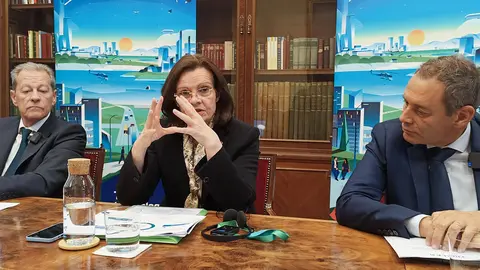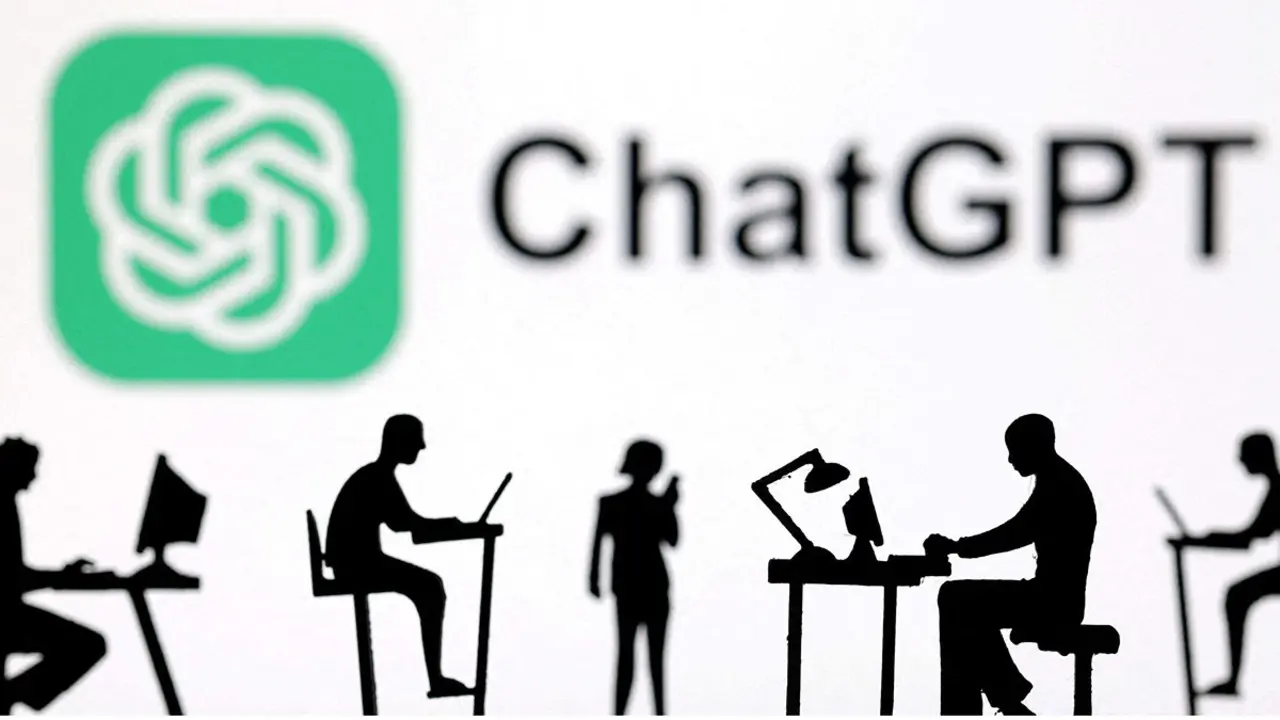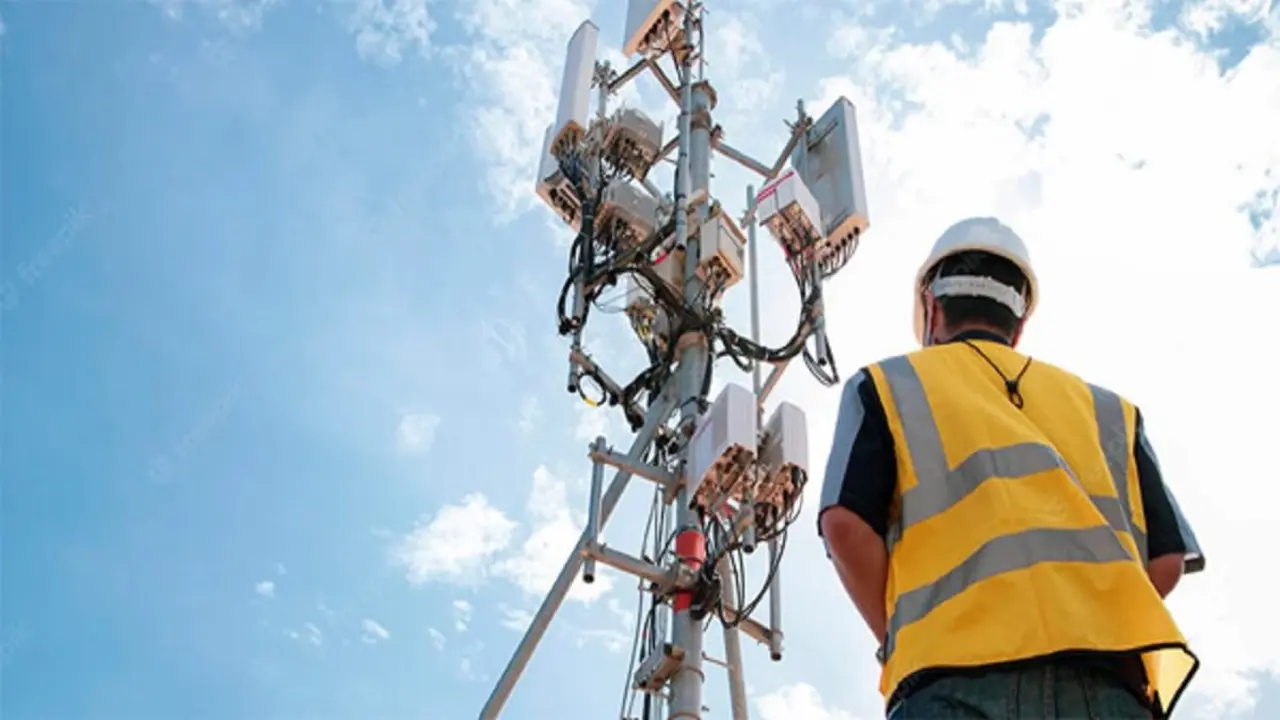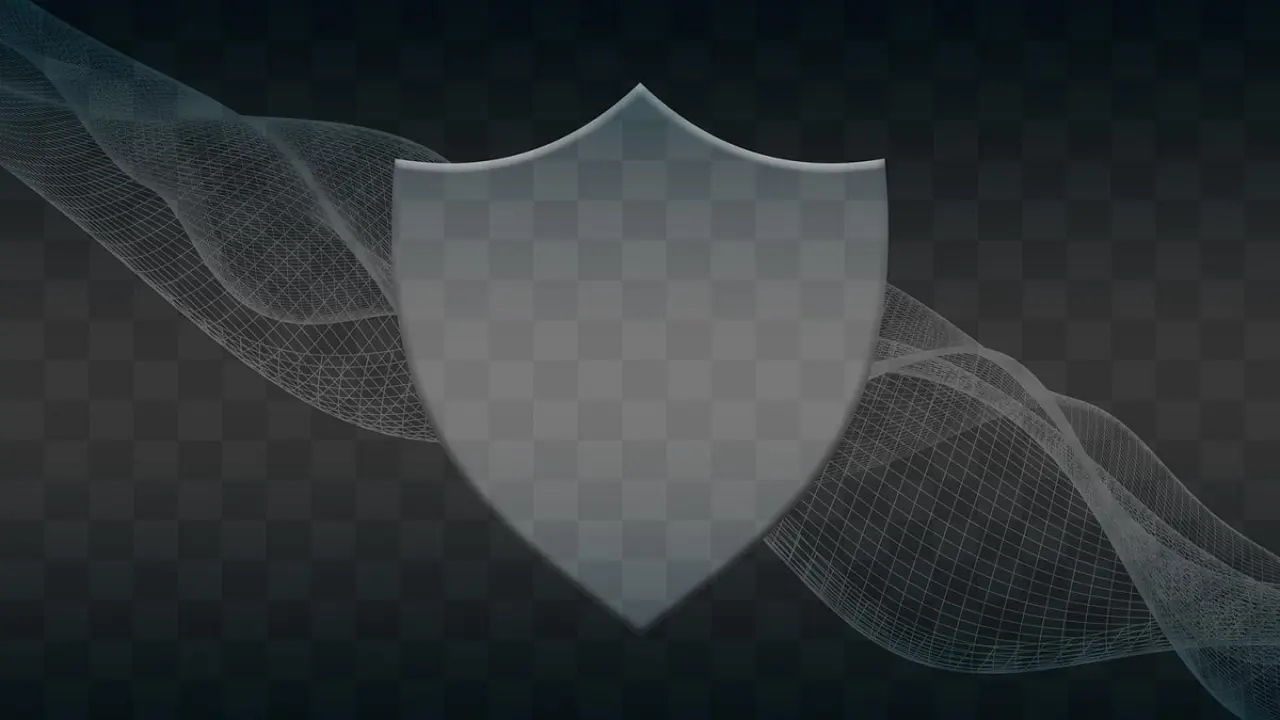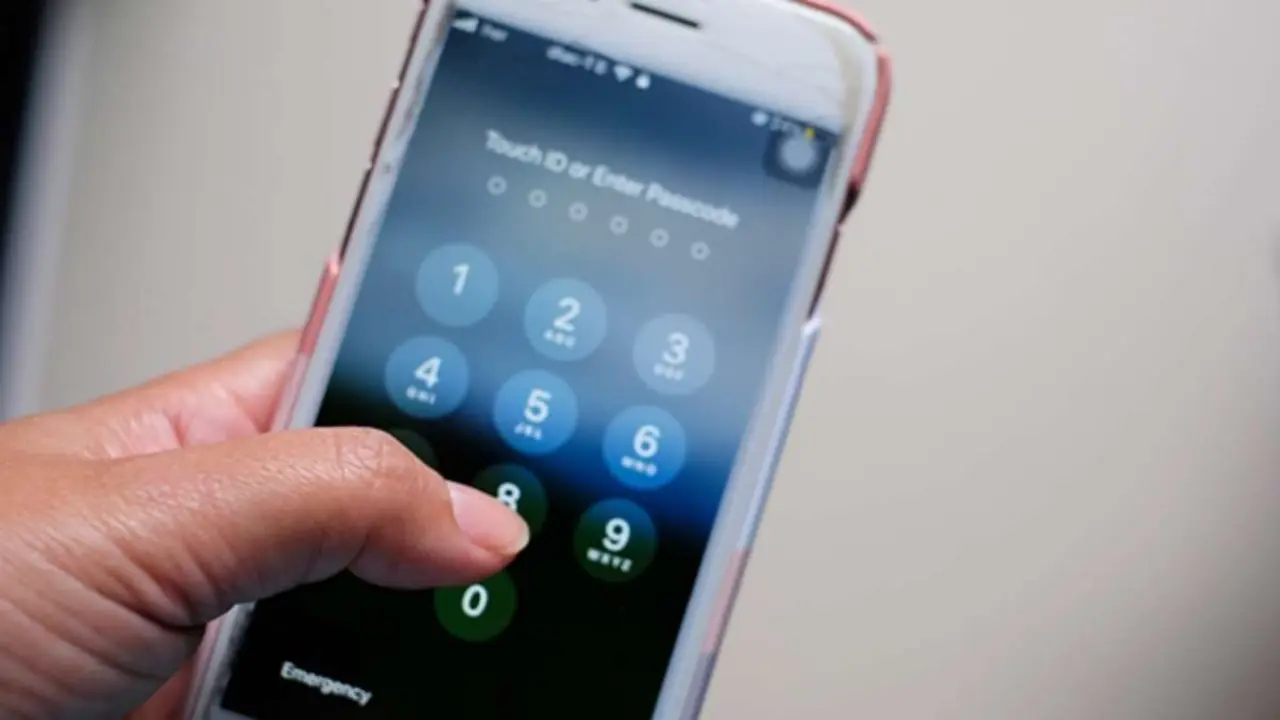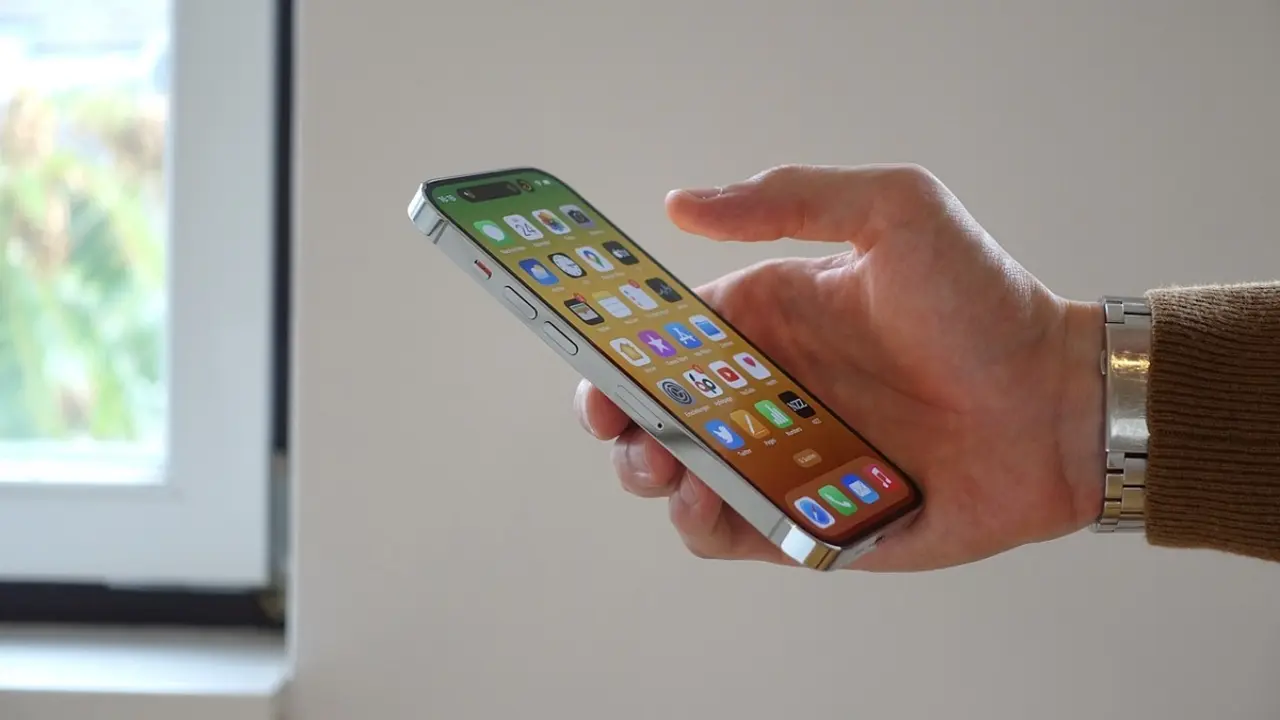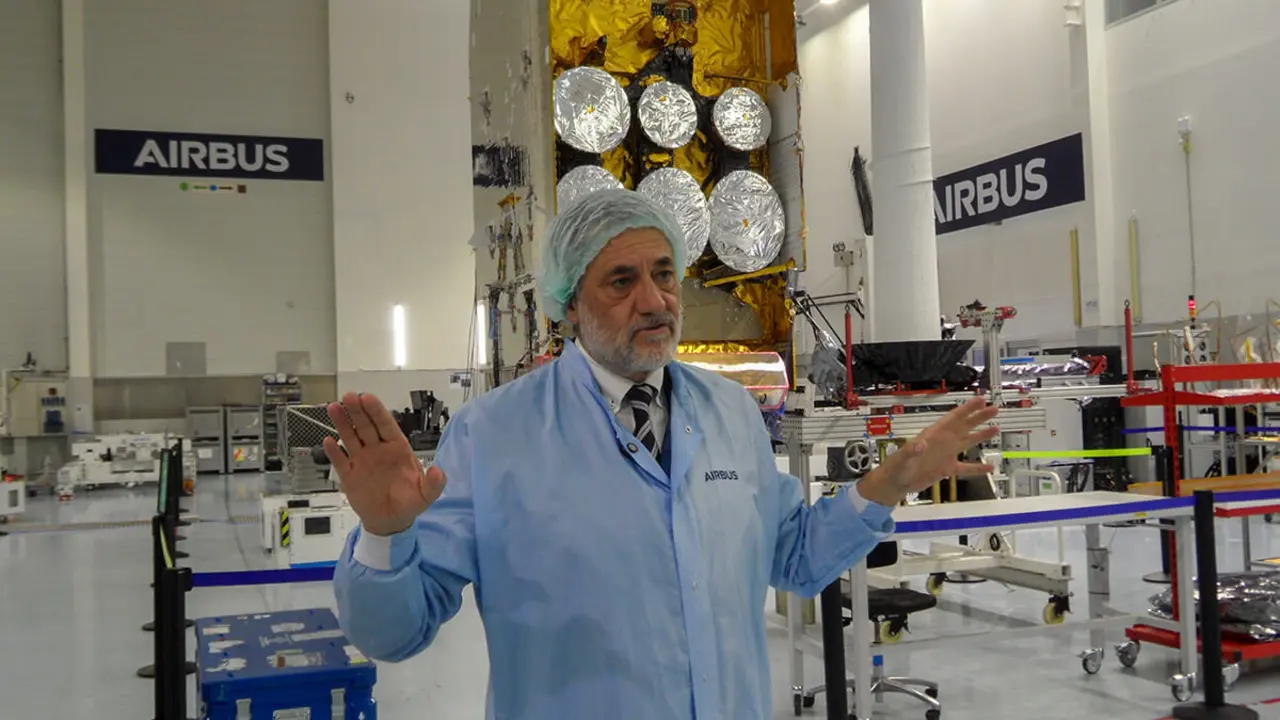Sener has already packaged the two sophisticated Proba-3s that will fly to space from India

- Demonstrating a technology for formation spaceflight
- Solar corona generates geomagnetic storms that reach the Earth
Satisfaction can be seen on the face of Diego Rodríguez, Sener's director of Space and Science, who around 15 years ago gambled on getting his company fully involved in the ‘berenjenal’ of becoming the main contractor for the European Space Agency's Proba-3, a demonstration mission of extraordinary technological and scientific complexity.
Now, on a day like 29 October, the pair of Proba-3 spacecraft is a reality, having passed the ground tests required of them before being sent into space. So Diego Rodríguez is happy and content ahead of their launch into orbit from India, the date of which is just around the corner, with the launch scheduled for the first days of December.
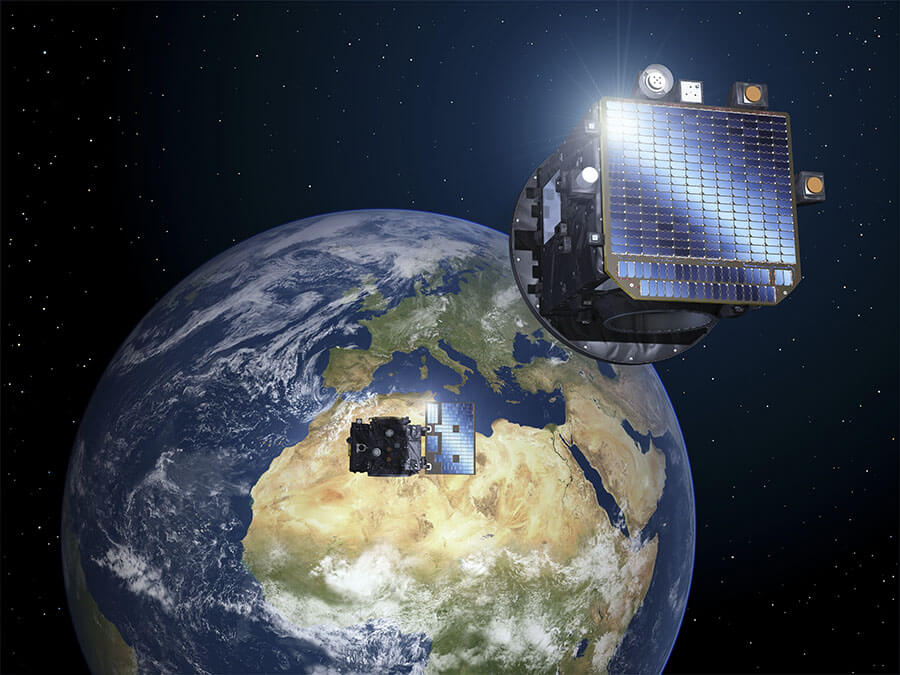
This was made clear at the official presentation of the mission to the Minister of Science, Innovation and Universities, Diana Morant; the Director of Science of the European Space Agency (ESA) and also of the European Space Astronomy Centre (ESAC), the British Carole Mundell; the Executive Director of the Spanish Space Agency (AEE), Juan Carlos Cortes; the top management of Sener, headed by Andrés Sendagorta; and around two hundred executives and professionals from the national space ecosystem who did not want to miss the occasion.
One of the key protagonists of the ceremony to give Proba-3 a boost is Javier Benito. He is an engineer at Airbus Space Systems Spain, has been with the company for 35 years, and has been ultimately responsible for integrating all the systems and instruments on board each of the probes and then testing and verifying that everything works as planned. When asked what has been the most difficult thing during the long years of development and manufacture of the Proba-3 pair, Javier Benito's answer is immediate: ‘I would say that nothing has been easy’.
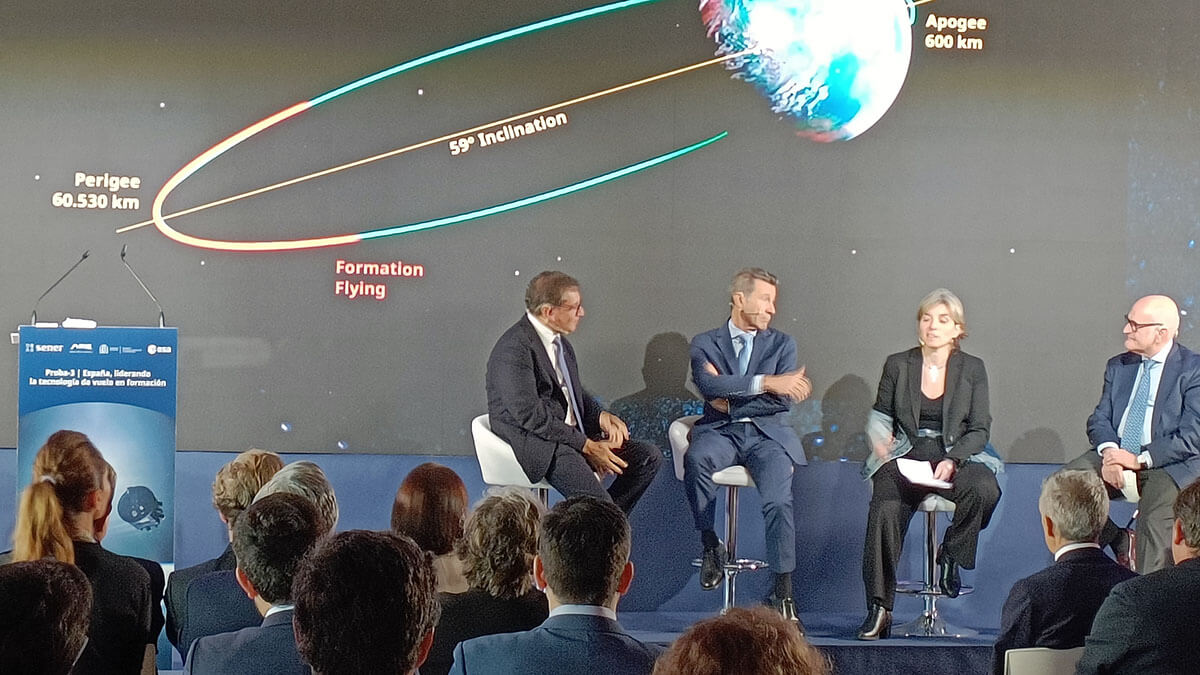
The main reason for the difficulties that Sener, Javier Benito and his team of professionals spread across 40 companies in 16 countries have had to face and overcome to bring the Proba-3 pair to life is that they are two different spacecraft. But not only that, they are both technically sophisticated, must fly in formation together but not jumbled, safely separated from each other by the short distance of 150 metres in the immense cosmos and, to complete the challenges taken on, both operate autonomously.
Demonstrating a technology for formation spaceflight
In essence, they are two separate satellites that operate and act independently, communicating with each other and calculating their position and trajectory with respect to their counterpart without the intervention of technicians on the ground. Thus, their operation and the synchronised manoeuvres they must carry out in outer space are defined and programmed before they are placed on their assigned orbital trajectory.
In the so-called mission analysis of Proba-3, Deimos engineers have racked their brains, calculating that the two satellites should be placed ‘in an elliptical orbit, with the shortest distance from the earth -perigee- being 600 kilometres and the longest -apogee- being 60,000 kilometres’, said Ignacio Tourné, Deimos' Business Development Director.

In short, everything has come together to make Proba-3 the most complex mission that a small team from the Spanish space industry has had to face and bring to life, under the leadership of Sener as prime contractor for the mission and responsible for the flight and ground segment. In addition to Deimos, Airbus Space Systems España has undertaken the design and manufacture of the two platforms. GMV was responsible for the development of the formation flying subsystem, flight dynamics and relative GPS.
Mariella Graziano, GMV's Space Business Development Director, highlights the fusion of algorithms and the advanced guidance, navigation and control systems, so that each satellite can carry out the different tasks it has been assigned and ‘both behave as a single rigid structure... something that has never been done before’.
And it bears repeating, Proba-3 aims to demonstrate in orbit a formation flying technology with a precision, stability and alignment never before achieved, to within millimetres. This is emphasised by Noelia Peinado, ESA's General Support Technology programme coordinator, who believes that when the two Proba-3s are in space ‘and operational, they will be the first high-precision formation flying mission and the first to observe the Sun's inner corona’.
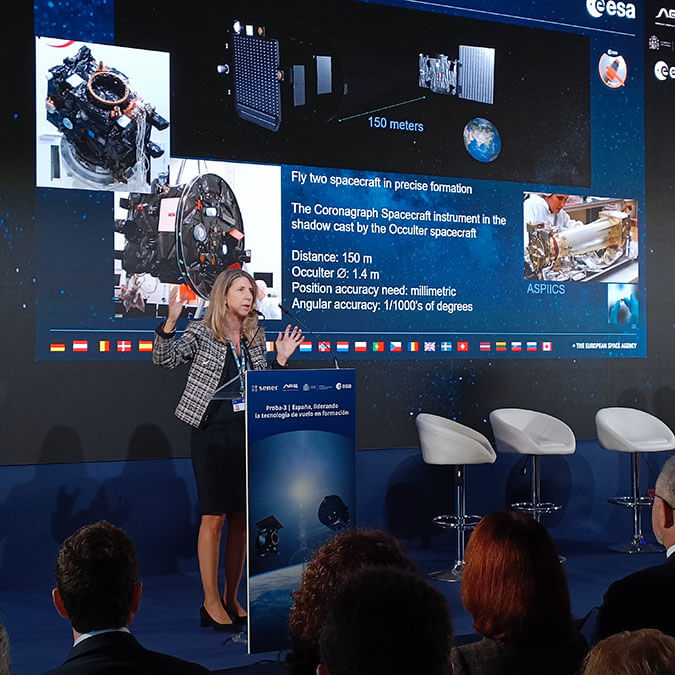
Solar corona generates geomagnetic storms that reach the Earth
It should be noted that the Sun is the only star that scientists can study up close. The Solar Orbiter, for example, is a joint NASA/ESA space mission that will be launched in February 2020 to analyse the heliosphere and the solar wind. Its leader, Professor Anik de Groof, explains that Proba-3 ‘has very different scientific objectives’. The solar corona it will study is the source of much of the solar activity that influences the Earth, whose geomagnetic storms ‘can affect radio communications, navigation systems, satellites and power grids’, as has already happened.
At the launch of proba-3, the director of the ESA, Juan Carlos Cortés, not only wanted to highlight the technological importance of the mission and of the Spanish protagonists who have made it a reality. He also took the opportunity to emphasise that ‘Spain has followed a successful space strategy’ and that, ‘to date, there are more than ten missions led by Spain and we are in the leading group of countries with the capacity to build a complete launcher’.

He recalled that the Spanish space industry has gone ‘from being subcontractors to competing with our clients, ’a difficult path that has no way back, which would have been impossible without public support’. He also anticipated that his organisation ‘is already working on the 2035 Space Strategy, that there is still a great deal to be done and that, at the next ESA ministerial conference, Spain will invest ’around 1,500 million and there will be many possibilities to lead the future’.
Minister Diana Morant said that Proba-3 ‘is a triple milestone: a technological advance, an advance for Sener and an advance for our companies and for our country’. She also believes that ‘innovation cannot be understood without risk’ and that the role of her ministry is to ‘accompany entrepreneurs’. ESA's Director of Science, Carole Mundell, highlighted the fact that Spain has made ‘significant economic and political efforts to position itself as a key player in the European space industry’.
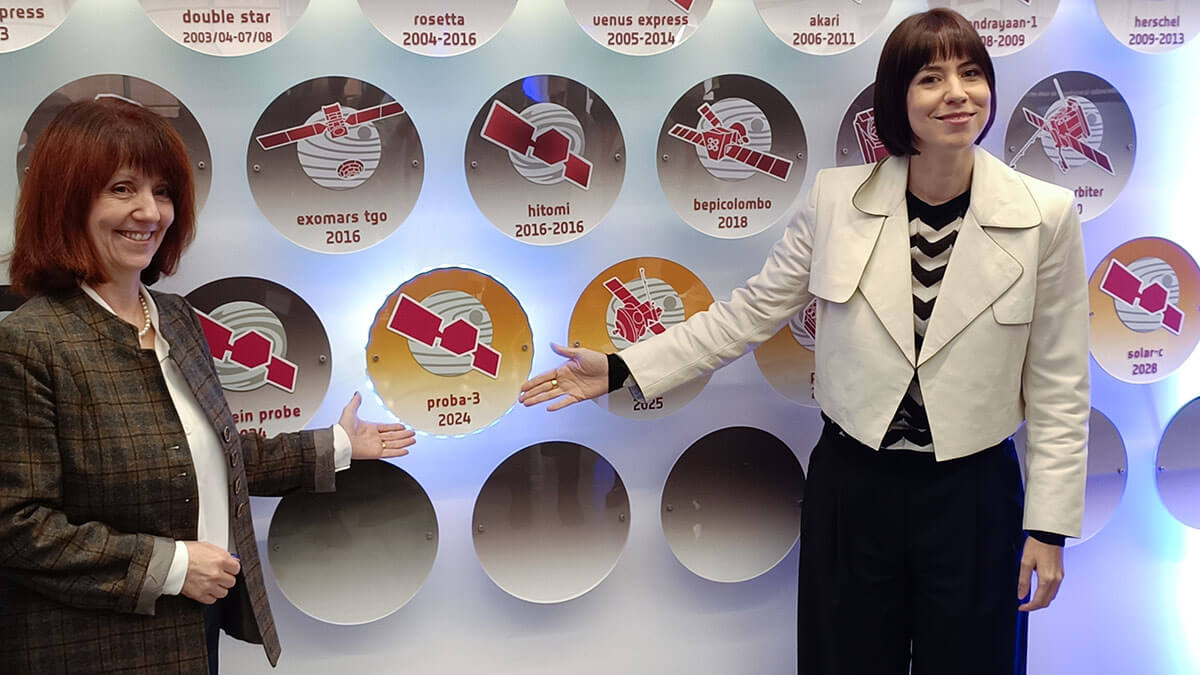
Why two satellites for a single Sun observation mission? One of the satellites, which could be called the main one, is the ‘Coronagraph’, which carries on board the instrument responsible for pointing directly at the Sun. The second plays the role of ‘Occulter’, i.e. to eclipse the Sun by interposing itself between the Astro King and the ‘Coronagraph’. It incorporates a disc 140 centimetres in diameter and laser and optical equipment to calculate the position and relative attitude between the two satellites and position one satellite relative to the other with an accuracy of a few millimetres.


